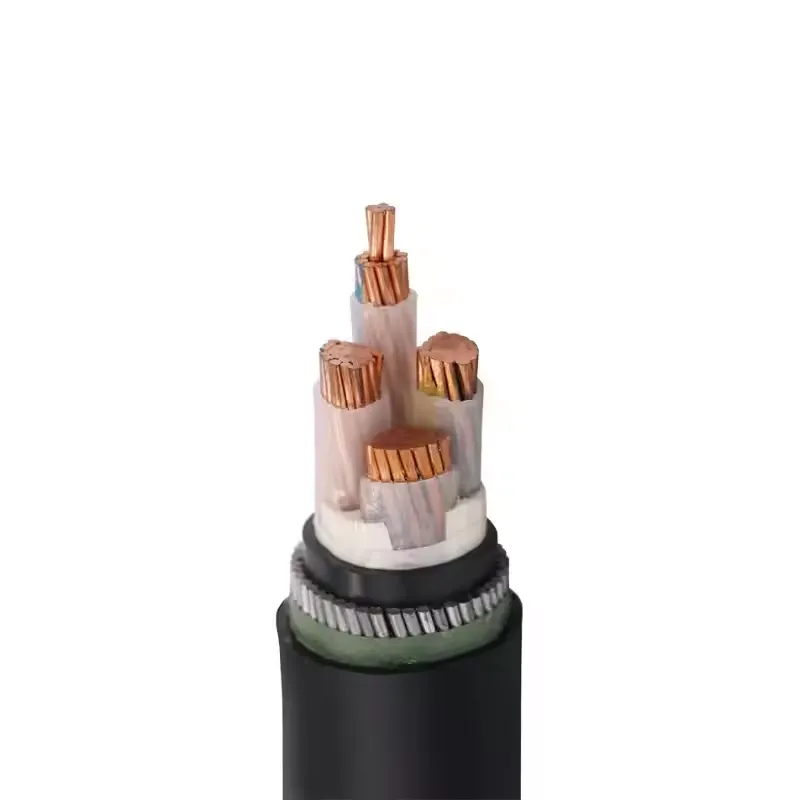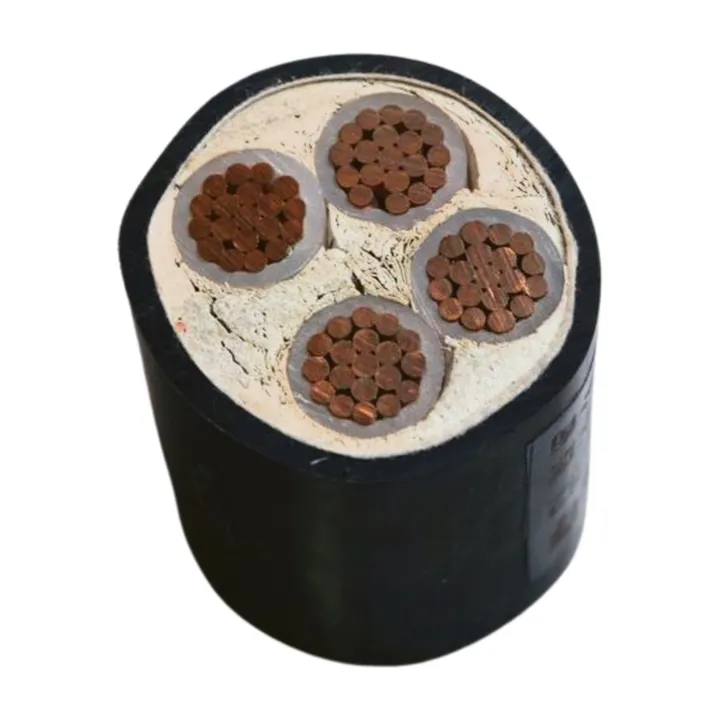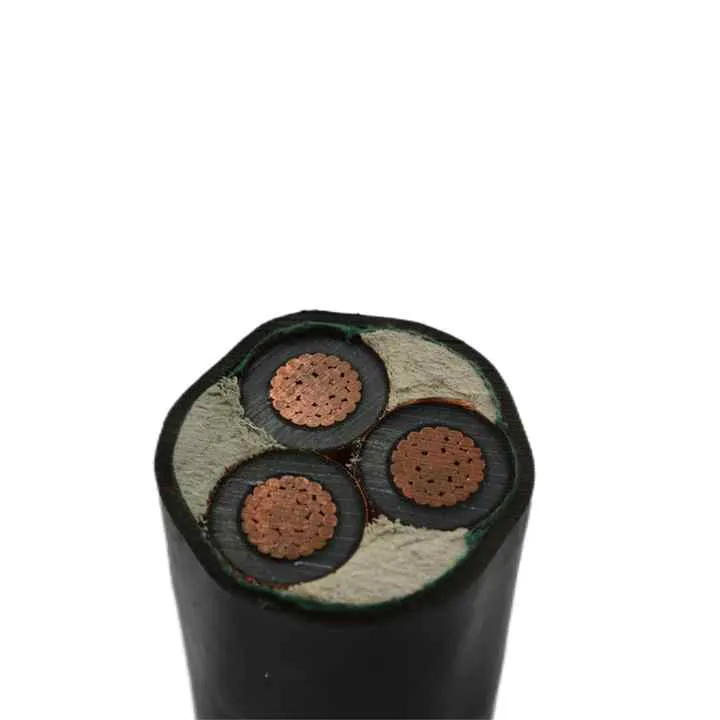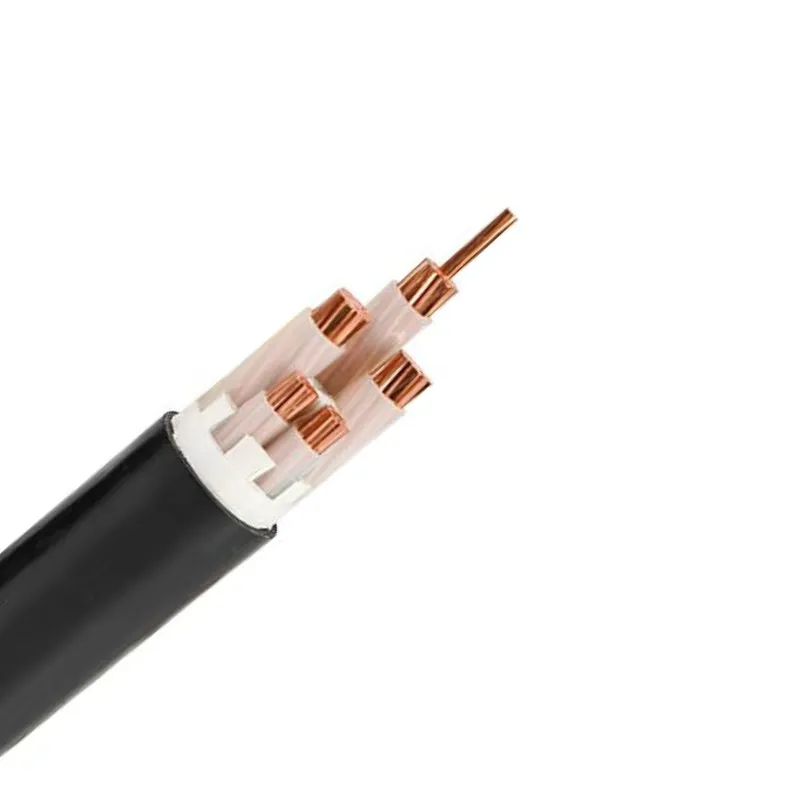Time: 2025-08-07 15:18:51 Source: Henan Province Jianyun Cable Co., Ltd.
The armor layer in electrical cables is a critical component designed to enhance the durability and safety of cables used in power distribution, industrial applications, and other demanding environments. Typically found in low-voltage (0.6/1 kV) and medium-voltage (3.6/6 kV to 26/45 kV) cables, the armor layer protects the cable’s inner components from external stresses, ensuring reliable performance and compliance with standards such as IEC 60502. This guide details the functions, types, applications, and considerations of cable armor layers, presented in a formal and structured manner.

The armor layer is a protective covering in electrical cables, typically placed between the inner insulation (e.g., XLPE, PVC) and the outer sheath (e.g., PVC, PE). It is made of materials like steel wire, steel tape, or aluminum, designed to withstand mechanical and environmental stresses. Armored cables are used in applications requiring enhanced protection, such as underground installations, industrial plants, or areas prone to physical damage. The armor layer ensures the cable’s conductors and insulation remain intact, maintaining electrical performance and safety over a lifespan of 25–30 years.
| Feature | Details |
|---|---|
| Purpose | Protect conductors and insulation |
| Materials | Steel wire, steel tape, aluminum |
| Standards | IEC 60502, BS 5467 |
| Voltage Range | 0.6/1 kV to 26/45 kV |
The armor layer serves multiple functions to enhance cable performance and safety:
| Function | Details |
|---|---|
| Mechanical Protection | Shields from impact, crushing |
| Environmental Protection | Resists moisture, rodents |
| EMI Shielding | Reduces interference |
| Structural Integrity | Tensile strength, shape retention |
| Grounding | Dissipates fault currents |
Armor layers vary by material and construction, each suited to specific applications:
| Armor Type | Material | Features | Applications |
|---|---|---|---|
| SWA | Galvanized steel wires | High tensile strength | Underground, LV/MV |
| STA | Steel tapes | Crush resistance, compact | Indoor, ducted |
| AWA | Aluminum wires | Lightweight, non-magnetic | Single-core MV |
| Braided | Tinned copper | Flexible, EMI shielding | Control cables |
Armored cables are used in environments requiring robust protection:
| Application | Armor Type | Benefits |
|---|---|---|
| Underground | SWA | Resists soil pressure, moisture |
| Industrial | SWA, STA | Withstands machinery damage |
| Utility Networks | AWA, SWA | Environmental protection |
| Control Systems | Braided | EMI shielding, flexibility |
When selecting and using armored cables, consider the following:
| Consideration | Details |
|---|---|
| Armor Selection | SWA for tensile strength, AWA for MV |
| Installation | Bending radii, proper glands |
| Cost | Use unarmored in low-risk areas |
| Environment | Corrosion-resistant sheathing |
| Challenge | Solution |
|---|---|
| High Cost | Use unarmored cables in low-risk areas |
| Installation Complexity | Train installers, use proper glands |
| Corrosion (Steel Armor) | Use galvanized steel, corrosion-resistant sheathing |
| EMI in Sensitive Areas | Combine armor with dedicated shielding |
The armor layer in electrical cables provides essential mechanical, environmental, and EMI protection, ensuring durability and safety in demanding applications like underground power distribution, industrial facilities, and utility networks. By selecting the appropriate armor type—such as SWA for tensile strength, AWA for MV cables, or braided armor for flexibility—and following proper installation practices, users can enhance cable reliability and compliance with standards like IEC 60502. Addressing challenges like cost and corrosion through strategic selection and maintenance ensures armored cables deliver optimal performance over a lifespan of 25–30 years.

NA2XS(f)2Y 6/10KV 12/20KV 120 150 185 240 300MM2 Single Conductor Xlpe Insulated

Grounding Cable 3 Core 95mm2 150mm2 240mm2 Aluminum High Voltage Cable

5x35mm 5x25mm Low Voltage Power Cable With PVC Sheath Copper Conductor XLPE Insu

A medium voltage three core armoured power cable is designed for the reliable tr